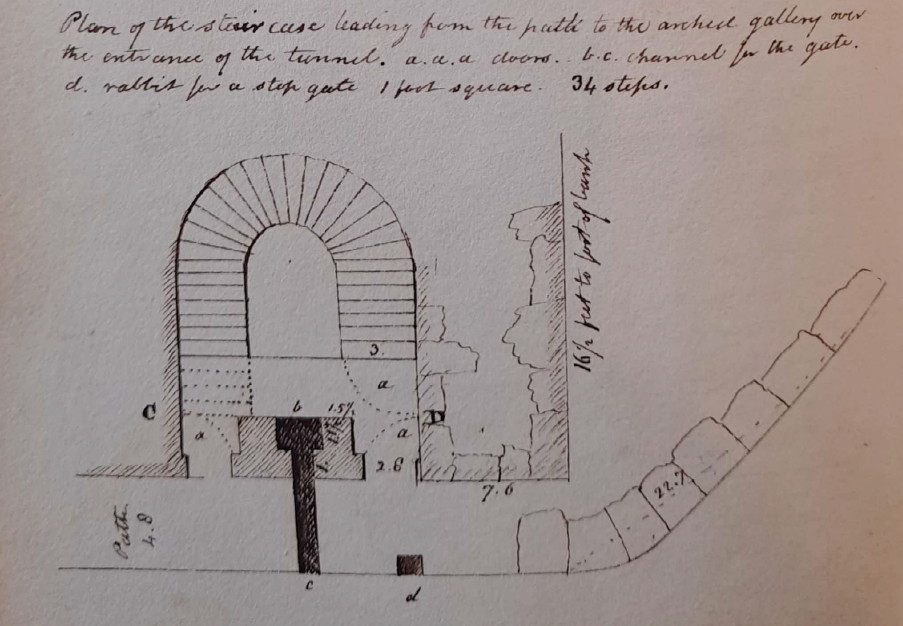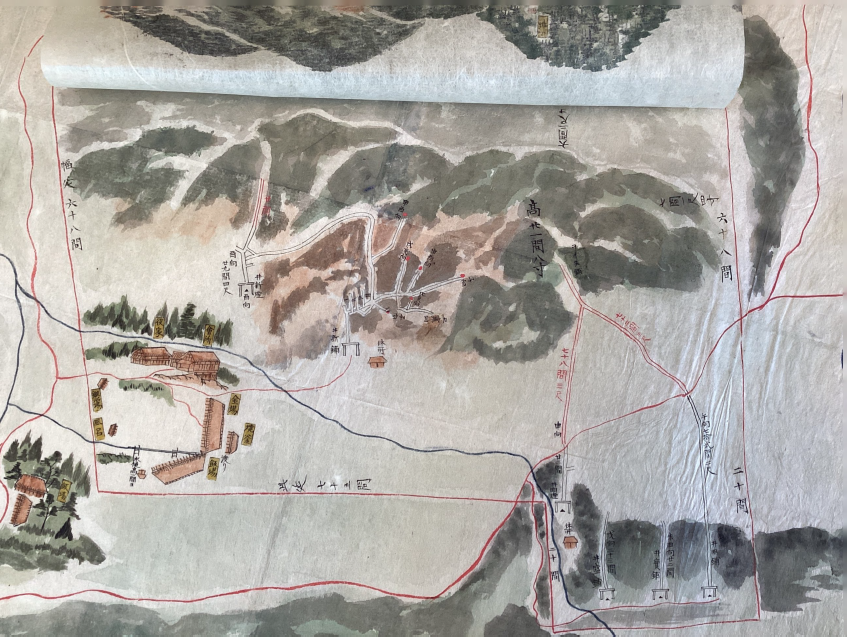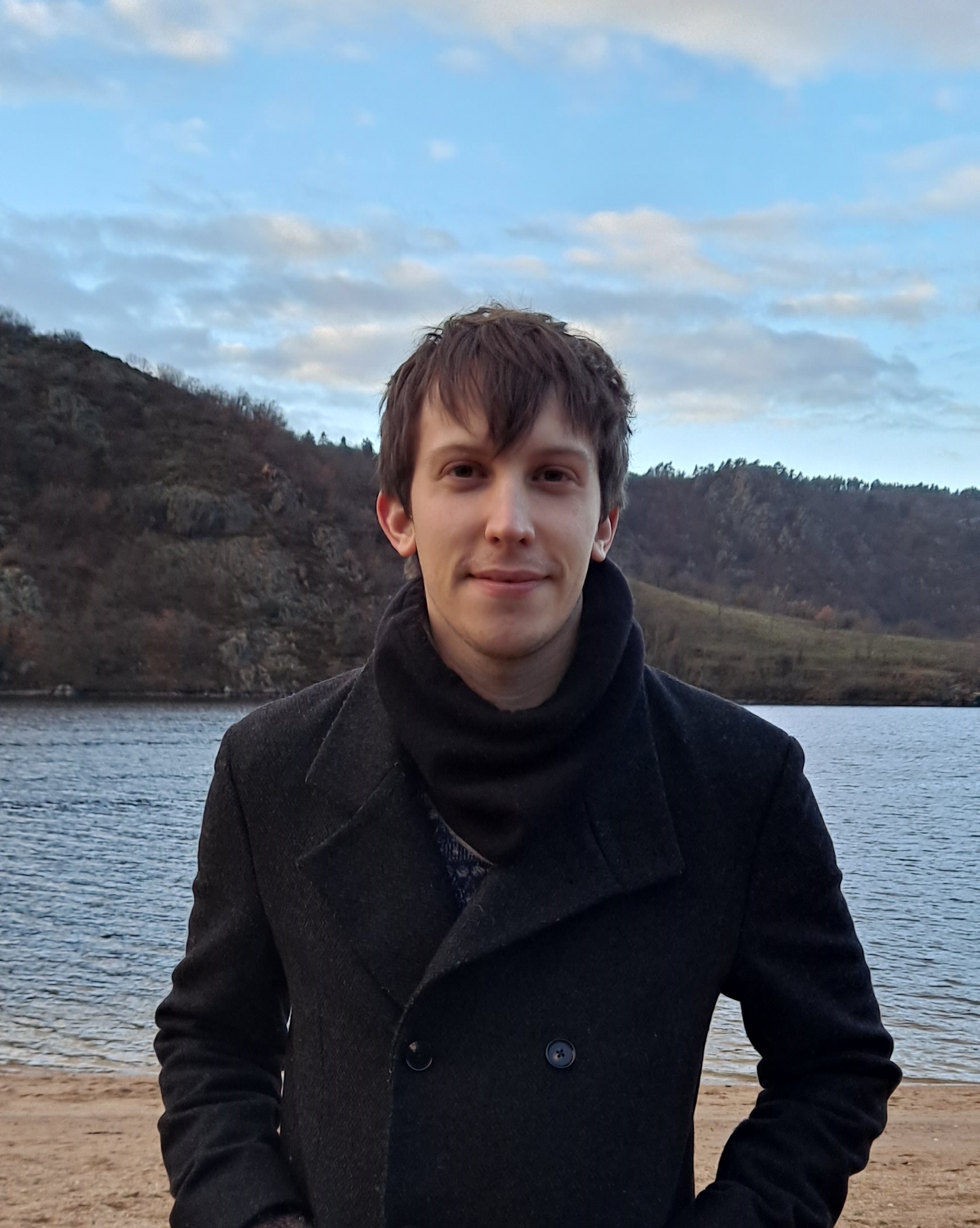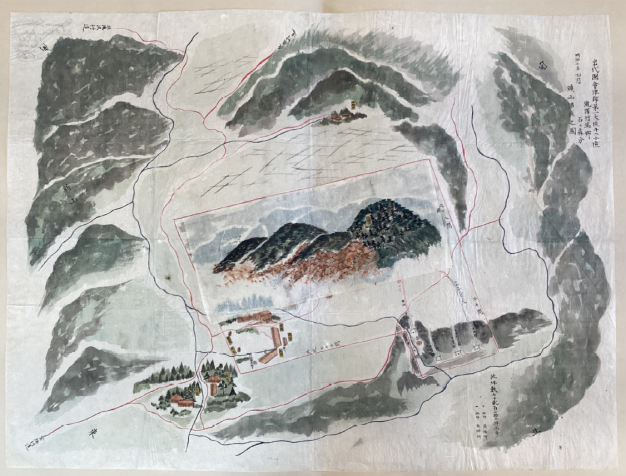Featured Fellow: Kévin Cristin (2020-2021 Isaac Comly Martindale Fellow)
The Library & Museum at the American Philosophical Society supports a diverse community of scholars working on a wide-range of projects in fields including early American history, history of science and technology, and Native American and Indigenous Studies, among others. Read on to learn more about some of our fellows and their research at the APS. Additional information about our fellowship programming and other funding opportunities can be found here.
Briefly describe your research project.
My dissertation, From Engineering to Writing: Robert Louis Stevenson, Technicality, and Nineteenth-Century Literature, focuses on the intersections between literature, science, and technology in the 19th century through the case of Robert Louis Stevenson, a popular writer who came from a long line of engineers. Relying on published and archival sources, I examine how the author’s engineering background and training fashioned significant features of his literary work, from his early travel narratives to his short stories written in the Pacific. While Stevenson continued to use the tools of the engineer in his practice, he turned into a critical thinker of the technological landscape of his time, reflecting on the act of making and the value of practical knowledge. As I am now in the final year of my Ph.D., I have started a new project on the itinerant practices of engineers and the early developments of anthropological fieldwork in the 19th century. After a long delay due to travel restrictions, I was delighted to finally be able to come to the American Philosophical Society!
What collections did you use while working at the APS?
Before my visit, I had been working on the activities of David Stevenson, another member of this famous Scottish family of engineers. In 1837, Stevenson completed a professional tour in the U.S. and later published Sketch of the Civil Engineering in North America. At the APS, I first consulted the papers of Alexander Dallas Bache, one of Stevenson’s interlocutors. I then turned to the notebooks of 19th century American engineers and scientists—Loammi Baldwin, Thomas Peters Smith, Alfred P. Rockwell, and Benjamin Smith Lyman—who completed journeys in Europe with a similar technical interest. My work really took off while consulting the Lyman collection. Trained as a mining engineer, Lyman traveled extensively in the U.S., India, and Japan as part of his activity. On these journeys, he collected ethnographic notes, which he turned into articles and accounts. Looking for more of this kind of material by improvised anthropologists, I consulted the papers of J.P. Lesley and John Wesley Powell. I concluded my visit by looking at the Franz Boas collection, with a focus on notebooks and some correspondence.

What’s the most interesting or most exciting thing you found in the collections?
Towards the end of my visit, I started requesting more oversized items from the collections. This is how I ended up looking at a large map of Japanese mines from the Lyman papers. Beyond the impressive size and aesthetic beauty of the document, I was struck by one specific characteristic: at the center of the map, a rectangular flap on which hills were drawn had to be lifted to reveal the labyrinth of galleries. I stood for a while admiring this item, opening and shutting the flap several times. More than any other documents, this gave me a sense of the importance of the material experience of the archives.

Do you have any tips or suggestions for future fellows or researchers?
The APS provides ideal working conditions, and it can be very tempting to just spend the whole day consulting as much material as possible, especially as archival trips always feel too short. But I would say it is equally important to take some time to talk to the people who work at the APS and other researchers around you. Many of my ideas developed through informal conversations with other visitors during lunch time. The librarians have an extensive knowledge of the collections and will be able to point you into directions you may not have explored otherwise. Also, everyone is very happy to help non-U.S. based academics understand the country’s network of libraries and institutions.
Any suggestions for must-see places or things to do in Philadelphia?
Along with many great libraries and museums, Philadelphia counts several film and art societies. Make sure to look for shows and events, and you will always find something going on around you! I also really enjoyed the city’s rich food culture, so I would definitely recommend visiting the Reading Terminal Market and walking around South Street and the Italian neighborhood.


